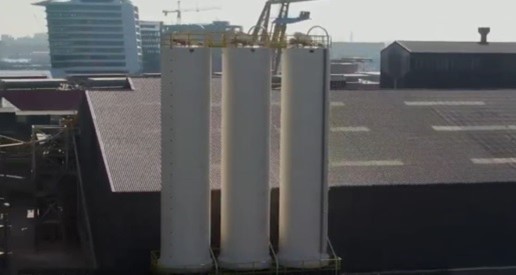Process & contact
ICL - Fertiliser industry
Member of ESPP / DPP / NNP
http://icl-group-sustainability.com/reports/producing-fertilizers-with-recycled-phosphate/
Input materials
Input: sewage sludge incineration ash, from sewage works using biological and/or chemical P-removal; animal by-product ash (Cat 2, 3); recovered phosphate salts.
Fertiliser production plant has an operating permit authorising the facility to process waste.
Output products
Standard mineral fertilisers (NPK, PK, superphosphates).
Process description
Recovered materials are mixed into the phosphate rock or phosphoric acid based fertiliser production process, either during acid attack of rock, or after this stage where product still has residual acidity (acidulation), so ensuring plant availability of P in ashes.
Contaminants in ash are diluted in final product. This is legal under EU regulation on condition that the ash is not classified as “Hazardous”. Final fertiliser product is covered by EU Fertilising Products Regulation ‘STRUBIAS’ annexes as proposed.
Recovery rate (P in final product / P in input ash): c. 100%. Iron and aluminium in input ash are transferred into final product. Heavy metals are not removed.
Operating status
ICL tested full scale and industrial installations now operation at ICL Netherlands (inaugurated March 2019, photo) and Germany (several hundred tonnes ash and struvite processed to date). Production from 100% ashes (without mixing with phosphate rock) is planned.
